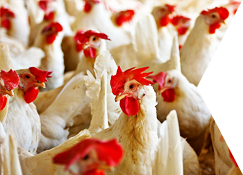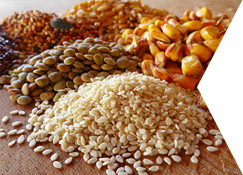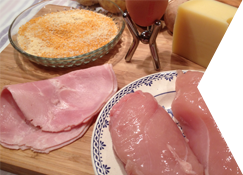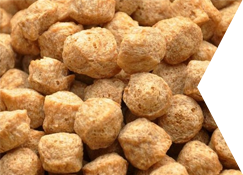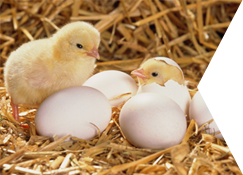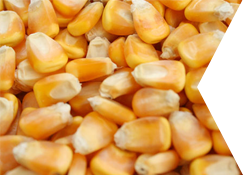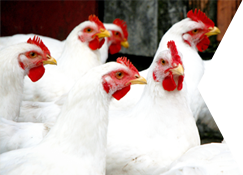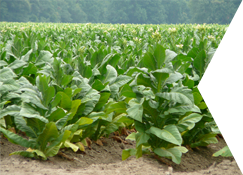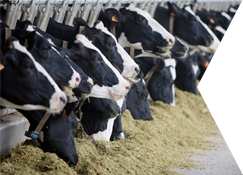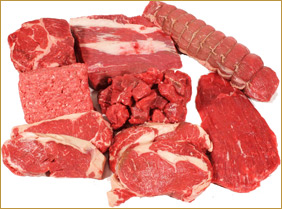
Cuts of beef are first divided into primal cuts, pieces of meat initially separated from the carcass during butchering. These are basic sections from which steaks and other subdivisions are cut. The term “primal cut” is quite different from “prime cut”, used to characterize cuts considered to be of higher quality. Since the animal’s legs and neck muscles do the most work, they are the toughest; the meat becomes tenderer as distance from hoof and horn increases.
Beef carcasses are split along the axis of symmetry into “halves”, then across into front and back “quarters”
Forequarter cuts
- The chuck is the source of bone-in chuck steaks and roasts (arm or blade), and boneless clod steaks and roasts, most commonly.
- The rib contains part of the short ribs, the prime rib and rib eye steaks.
- Brisket, primarily used for barbecue, corned beef or pastrami.
- The foreshank or shank is used primarily for stews and soups;
- The plate is the other source of short ribs, used for pot roasting, and the outside skirt steak, which is used for fajitas. The navel section is also commonly used to make pastrami. The remainder is usually ground, as it is typically a cheap, tough, and fatty meat.
Hindquarter cuts
- The loin has two subprimals, or three if boneless:
- The short loin, from which the T-bone and Porterhouse steaks are cut if bone-in, or strip steak (New York Strip if served without the bone, and Kansas City strip if bone in).
- the sirloin, which is less tender than short loin, but more flavorful, can be further divided into top sirloin and bottom sirloin (including tri-tip), and
- the tenderloin, which is the most tender, can be removed as a separate subprimal, and cut into filet mignons, tournedos or tenderloin steaks, and roasts (such as for beef Wellington). They can also be cut bone-in to make parts of the T-bone and Porterhouse loin steaks.
- The round contains lean, moderately tough, lower fat (less marbling) cuts, which require moist or rare cooking. Some representative cuts are round steak, eye of round, top round, and bottom round steaks and roasts.
- The flank is used mostly for grinding, except for the long and flat Many modern recipes for flank steak use marinades or moist cooking methods, such as braising, to improve the tenderness and flavor. This, combined with a new interest in these cuts’ natural leanness, has increased the price of the flank steak.





